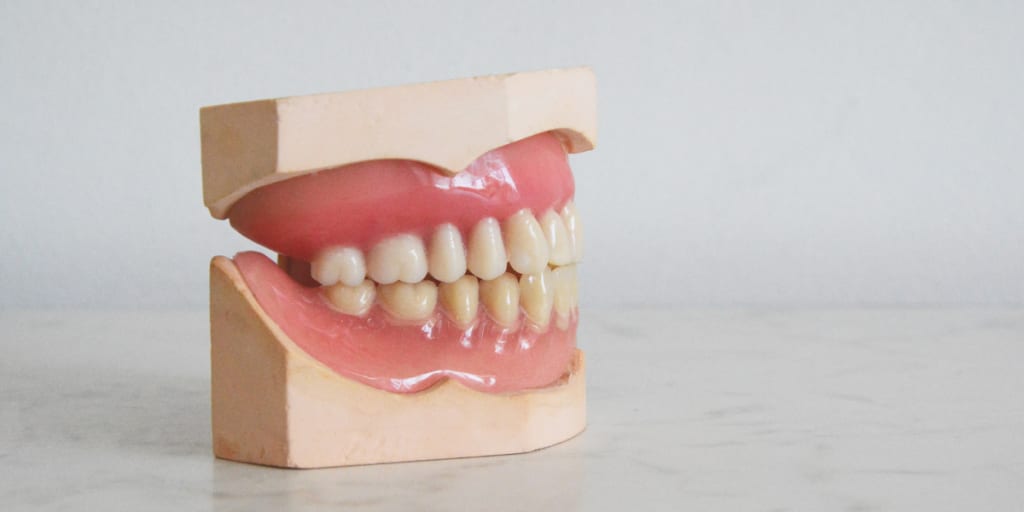
Between your teeth, there are small gaps called interdental spaces that you can use to gauge the overall health of your mouth. If you notice redness, swelling, or tenderness in any of these areas, it’s time to schedule an appointment with your dentist so they can perform an x-ray and determine the exact cause of the problem. While most red spots are harmless and go away on their own, others could be indicators of a cavity between teeth—or even a gum disease that’s worsening over time.
cavity between teeth
Cavities can occur in any area of a tooth, including between teeth. However, cavities in between teeth are harder to see and treat and may cause sensitivity if not treated properly. If you have experienced sensitivity or pain in your teeth and it is difficult for you to chew certain foods, visit your dentist as soon as possible.
Cavities can be detected early on with a dental X-ray or during a routine checkup. Your dentist will then advise you on what treatment options are available for cavities in between teeth. Treatment depends on how much decay has formed and where exactly it is located within your tooth.
Depending on your case, a cavity in between teeth can be removed with fillings or through root canal therapy. In some cases, a crown might also be necessary to restore damaged enamel. Root canal therapy is recommended when there is extensive damage to one or more teeth and symptoms include an unpleasant taste coming from one side of your mouth along with sensitivity when chewing hot or cold food items.
The endodontist will remove infected tissue from inside the tooth before filling it up with a rubber-like material called gutta-percha and sealing it off using a crown made from porcelain, gold alloy, composite resin, or another natural material that closely resembles your natural tooth color.
What are cavities? learn tips

Cavities are also known as caries. Cavities occur when a person consumes too much sugar, which leads to tooth decay. Sugar can come from foods or drinks with high sugar content, such as sodas, sweetened juices and milk, candies, and many more.
The bacteria in your mouth causes tooth decay and plaque buildup on your teeth. These buildups are a result of acids that are produced by the bacteria during their everyday life activities. It is these acids that may lead to cavities in between teeth.
If you have gaps between your teeth due to injury or missing teeth then chances are you will develop cavities in between your other teeth as well.
Types of Cavities
- Cavities in between teeth can result in several types of damage. Here’s a brief description of each, as well as their symptoms and preventative measures that should be taken. An additional means of protecting against cavities is by getting fluoride treatments from your dentist.
There are three different kinds of cavities, namely caries in between teeth, iatrogenic caries, and interproximal caries. The first one develops on tooth surfaces that have been damaged due to bacterial action and then gets deeper until it reaches the pulp cavity decay spreads through a multitude of factors.
Prevention Tips
Prevention is, of course, ideal. If you’re good about brushing and flossing regularly, you can avoid cavities. But even if you do everything right, it’s possible that an old cavity could reopen or that a new one could develop in between your teeth.
If it is severe enough to require emergency care (or if something just doesn’t feel right), you should contact your dentist immediately. Your dentist can examine x-rays of your mouth and help determine whether a filling or other treatment will be necessary.
Diagnosis And Treatment
If you experience any of these symptoms, it's important to see your dentist or oral surgeon as soon as possible. Because cavities in between teeth often go undetected, they can quickly get worse and even become life-threatening if they're not treated immediately.
If a cavity has formed between two teeth and an exposed nerve is present, your dentist will numb the area with a topical anesthetic before removing the decay. This procedure is known as pulpotomy and it involves drilling out decayed pulp (the soft inner part of a tooth that contains blood vessels) from a healthy tooth and then filling in that hole with a dental filling.
Eating Disorders and Tooth Decay
Eating disorders, including anorexia and bulimia, can lead to tooth decay and cavities. When your body is undernourished and deprived of essential nutrients, your teeth are at risk of becoming decayed or infected. Under these conditions, you have little defense against bacteria that cause cavities and gum disease.
Without treatment, your teeth will begin to deteriorate and may even become loose. At first glance eating disorders may seem like unrelated issues; however, doctors and dentists agree that serious dieting or binge eating can result in oral health problems. To lose weight safely but quickly, make sure you visit a dentist regularly for checkups.
can you see a cavity between teeth?
If your dentist finds a cavity between your teeth, there are options for treatment. Dentists often treat cavities between teeth with fillings, which can be composed of gold, porcelain, or amalgam (mercury).
Porcelain dental fillings have been shown to have a higher success rate than amalgam and look more natural. Cavities in between teeth are some of the most challenging places for tooth decay because they have small openings and can’t easily be cleaned by brushing or flossing.
While at-home care won’t prevent a cavity from forming, it will help slow its progression and keep bacteria away from infected areas. Brush gently and regularly with fluoride toothpaste and use floss if needed.
What are cavities?
print("Cavities are permanent holes in your teeth that form when tooth decay isn't removed. Tooth decay is caused by acids in your mouth that attack your teeth. The acids are produced when you eat sugary or starchy foods and drinks, or when you don't brush your teeth properly.
Cavities can cause pain and Sensitivity, and if left untreated, they can lead to more serious problems including tooth loss. You can prevent cavities by brushing your teeth twice a day, flossing daily, and eating a balanced diet. You should also visit your dentist regularly for professional cleanings and checkups.")
How do cavities form?
Cavities are one of the most common dental problems, and they are also one of the most preventable. But how do they form in the first place?
Cavities are caused by bacteria that live in your mouth. These bacteria produce acids that eat away at the tooth enamel, which can lead to a cavity. If the cavity is not treated, it will continue to grow and can eventually lead to tooth decay.
the cavity between teeth remedy
If you have a cavity between your teeth, there are a few things you can do to remedy the situation. But first, it's important to understand what causes cavities. Cavities are usually caused by poor oral hygiene, which allows plaque and bacteria to build up on your teeth. Once plaque and bacteria have a chance to harden, they turn into tartar, which is much more difficult to remove.
If you have a cavity between your teeth, you'll need to see a dentist to have it filled. In the meantime, you can use a toothbrush with soft bristles to gently clean the area. You can also floss carefully to remove any plaque or tartar that may be stuck between your teeth. If the cavity is small, you may be able to brush and floss it away. But if the cavity is larger, you'll
What are the consequences of having a cavity between your teeth?
Cavities are one of the most common dental problems, and they can occur when there is a break or hole in your tooth. When cavities form, bacteria can enter the tooth and cause infection. If left untreated, cavities can lead to pain, tooth loss, and even infection.
While cavities are often associated with poor oral hygiene, they can also be caused by other factors such as sugary drinks, acidic foods, and dry mouth. If you think you may have a cavity, it's important to see your dentist as soon as possible to get it treated.
a cavity in between teeth Xray
Your dentist may recommend an x-ray of your teeth if they suspect you have a cavity. This type of x-ray can help to identify small areas of decay that may not be visible to the naked eye.
During the procedure, you will be asked to bite down on a small device that holds the x-ray film in place. The x-ray machine will then be positioned above your head and a small burst of radiation will be used to take the x-ray.
After the x-ray is complete, your dentist will develop the film and review it for any signs of decay. If a cavity is found, they will recommend treatment, which may involve drilling and filling the affected tooth.






Comments
There are no comments for this story
Be the first to respond and start the conversation.